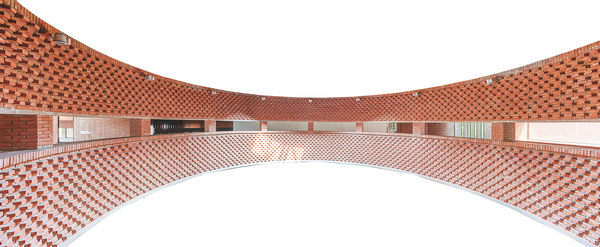

Modern architects have sought to revive the philosophical ideas behind the classical style of Chinese gardens, Lin Qi reports.
Sourcing materials and landscape inspiration from nature, people in ancient China created an architectural system that is today known as the classical Chinese garden, backed by Taoist thoughts on achieving harmony between humans and universal rules.
The cultural and philosophical values embodied in such gardens are vividly preserved in centuries-old courtyard dwellings in Suzhou, Jiangsu province. The integration of natural elements with urban surroundings have influenced modern architects who have sought to revive the philosophical ideas behind the classical style of gardens.
Noted visionaries in this endeavor include late Chinese American architect I.M. Pei, who spent his childhood in an ancestral house Shizilin (Lion Grove Garden) in Suzhou. He viewed his final work, Suzhou Museum, blending the classical style with a modern sensibility, the "dearest little daughter" he raised with care, saying, "I gave it a lot of my love and my energy".
Wang Shu, the 2012 Pritzker Architecture Prize laureate, is another noted architect who advocates cultural depth by using the elements and methods of old buildings in his work. This includes the library of the Wenzheng College of Soochow University, a cluster of white, lakeside, low-storied buildings surrounded by hills in Suzhou.
In Beijing, with compelling imperial structures in the country's north, one can also experience a similar feeling at such public places as the Red Brick Art Museum. The contemporary art museum, located in a cultural compound, was designed by Dong Yugan, an architect and scholar, who insinuated an atmosphere of simplicity, serenity and naturalism in the reminiscence of a classical garden.